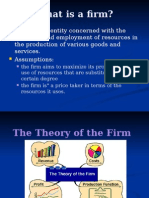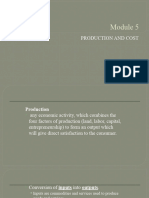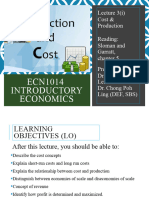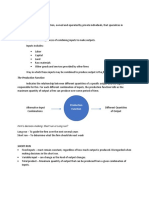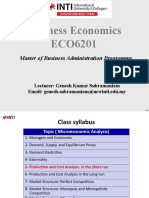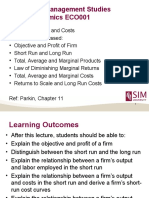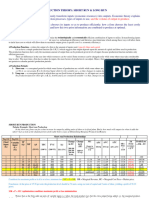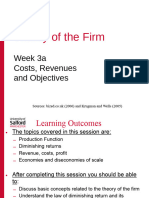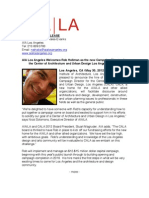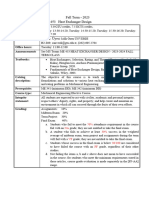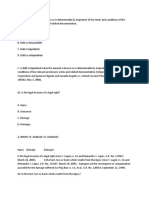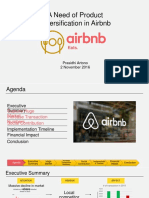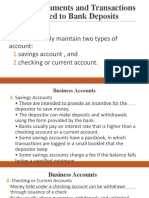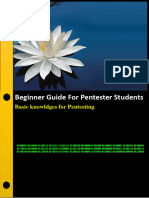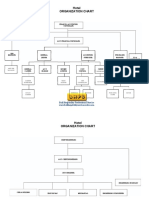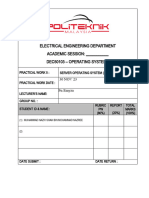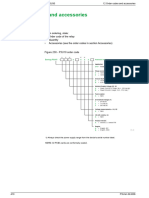0% found this document useful (0 votes)
19 views26 pagesEBE Unit 4.2 Slides
Uploaded by
keletsomthethwa497Copyright
© © All Rights Reserved
We take content rights seriously. If you suspect this is your content, claim it here.
Available Formats
Download as PDF, TXT or read online on Scribd
0% found this document useful (0 votes)
19 views26 pagesEBE Unit 4.2 Slides
Uploaded by
keletsomthethwa497Copyright
© © All Rights Reserved
We take content rights seriously. If you suspect this is your content, claim it here.
Available Formats
Download as PDF, TXT or read online on Scribd
/ 26










